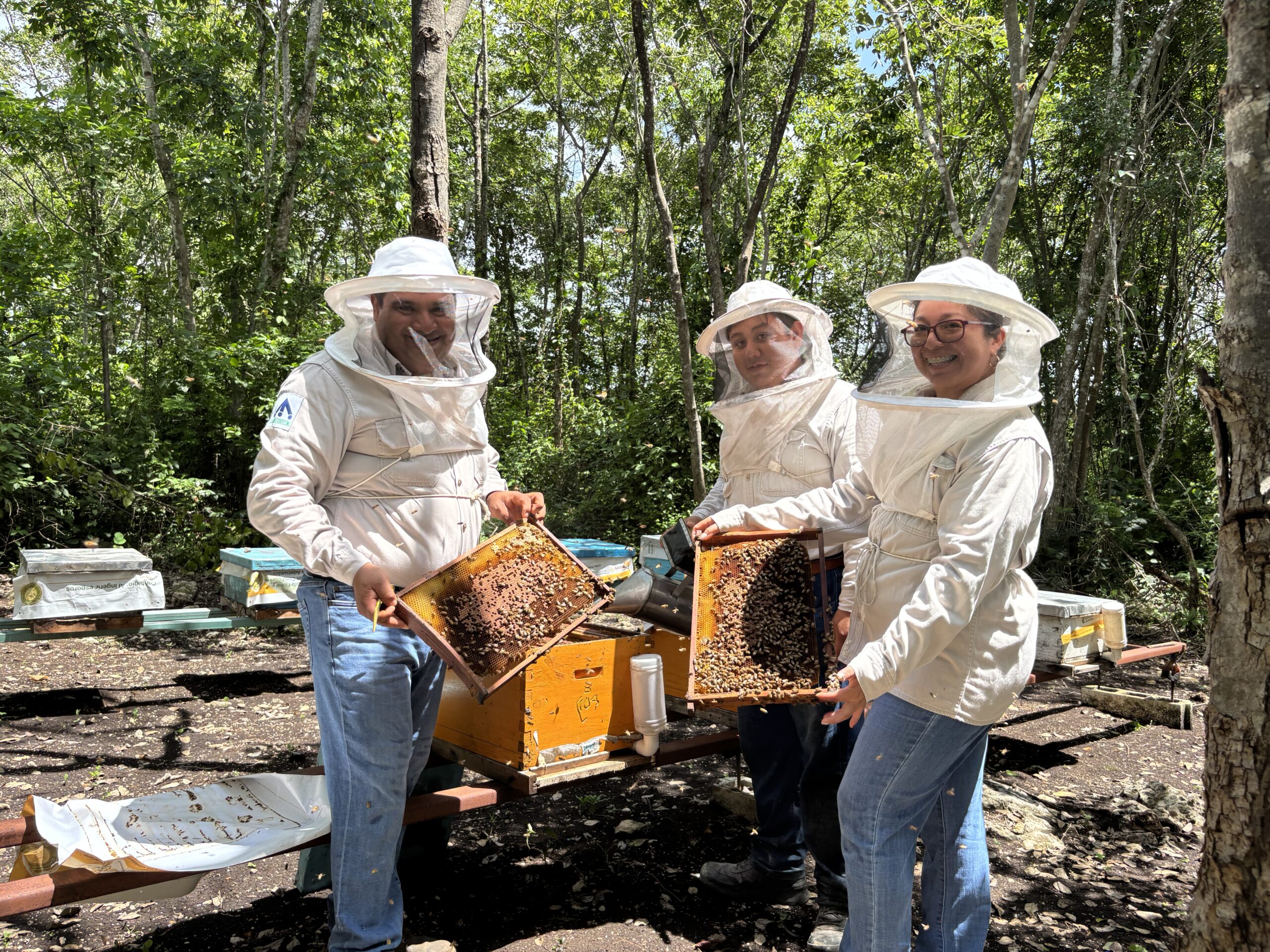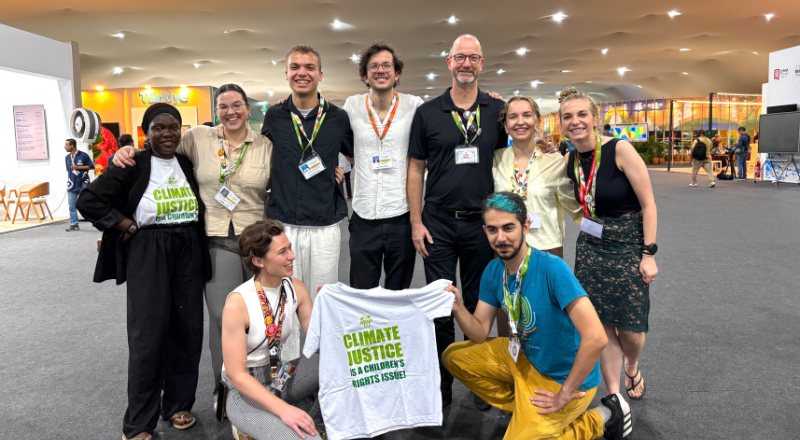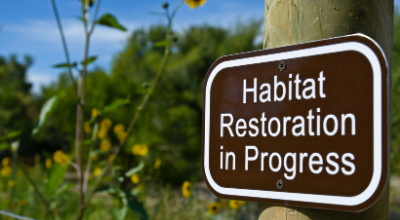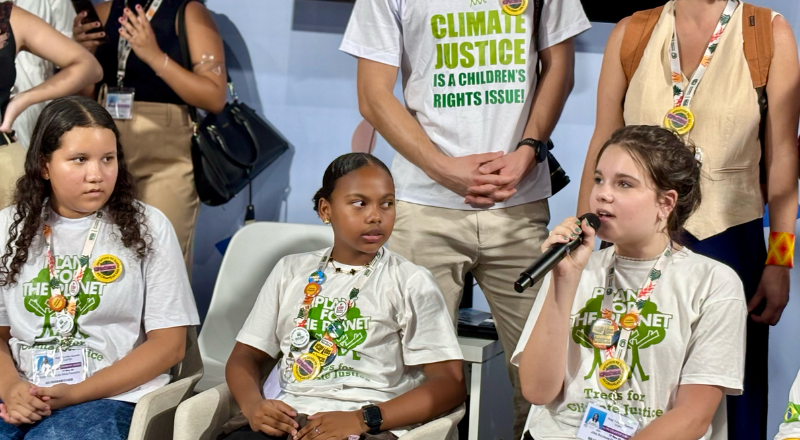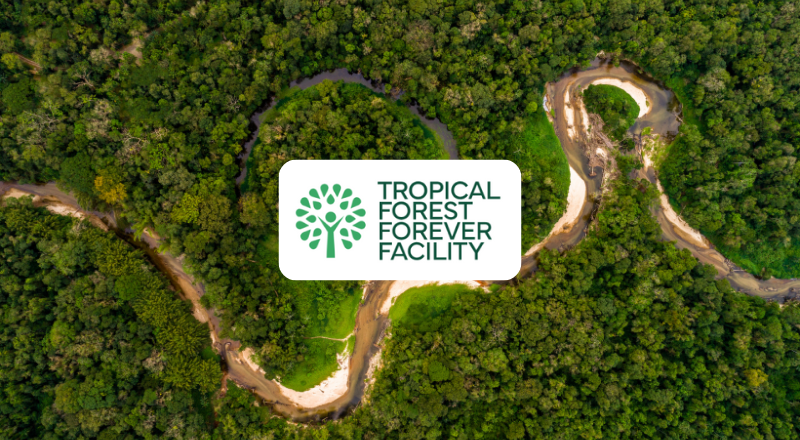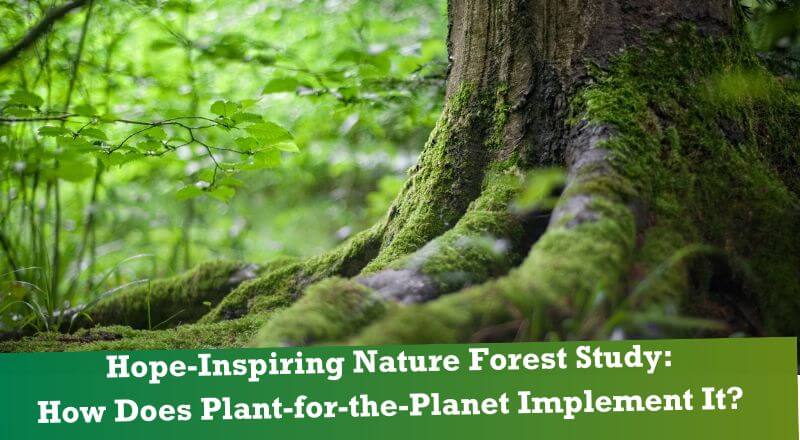
Forests serve as colossal carbon reservoirs and powerful allies in combating the climate crisis, a fact confirmed by this year’s IPCC synthesis report.
All the more significant is the finding of the Nature study published by ETH Zurich on November 13, 2023. Result: Through restoration and improved forest protection, we can potentially store up to 829 billion additional tons of CO₂¹. The world’s remaining CO₂ budget for limiting global heating to 1.5°C is currently only about 380 billion tons of CO₂. Therefore, the carbon storage potential of forests is twice as high².
The majority of this potential (61 percent) lies in areas with existing forests, where consequent protection could enable the recovery of currently degraded forests. The remaining 39 percent is in regions where forests have been deforested or fragmented, outside urban and agricultural areas. The full impact as a carbon sink would not be immediate but could be achieved in approximately 100 to 200 years. In contrast, protecting forests, where the study identifies the greatest potential, has an immediate effect.
Well-known newspapers have already reported on the study (see New York Times, Reuters, The Guardian).
The 200-member research team, including Colin Averill, scientific advisor at Plant-for-the-Planet, emphasizes that a comprehensive strategy to combat the climate crisis requires, first and foremost, measures to reduce greenhouse gas emissions. Restoration is much more demanding and cannot solely replace emission reductions. Moreover, if emissions continue to rise, droughts, fires, and extreme temperatures increasingly threaten forests, diminishing their ability to absorb carbon.
The study’s researchers also highlight that the goal cannot be achieved by mass planting of monocultures to offset emissions. Instead, the focus should be on the restoration of diverse, natural forest ecosystems involving local communities. Lidong Mo, the lead author of the study, emphasizes, “To restore global biodiversity, ending deforestation must be a top priority.”
The study’s insights will advance discussions at the UN Climate Conference in Dubai (COP 28), where delegates from Plant-for-the-Planet are involved, emphasizing the urgency of maintaining the commitments of COP 26 to halt deforestation by 2030.


What do these results mean for the practical implementation of restoration organizations like Plant-for-the-Planet?
The insights from this study underscore the actions already pursued by Plant-for-the-Planet by scientifically substantiating the impressive carbon storage capabilities of forests.
It’s important to note that Plant-for-the-Planet on the Yucatán Peninsula in Mexico is already pursuing three key approaches: restoring destroyed forests, rewilding degraded forests (including Enrichment Planting), and protecting intact forests.
With over 40 different tree species, Plant-for-the-Planet in Mexico prioritizes promoting biodiversity in restoration work – because only a biodiverse forest with interdependent fauna and flora can withstand the climate crisis.
In addition to forest protection measures in the Balam-Kin and Balam-Kú biosphere reserves on the Yucatán Peninsula in Mexico, Plant-for-the-Planet advocates for the creation of the Balam Beh Corridor. Currently, we protect the natural ecosystem on 520,000 hectares, an area twice the size of Luxembourg, from logging.
Projects worldwide encompass a full range of forest protection and restoration activities listed on our platform. To be featured, projects must meet specific criteria: a minimum of 27 out of 31 main standards and, to qualify as a top project, an additional 12 out of 19 top standards. These include, among others, planting exclusively native tree species (except for agroforestry projects), monitoring all donated trees (e.g., via TreeMapper), or protecting trees for at least 50 years. Other social top standards include involving the local community in decision-making and filling at least 60 percent of staff positions and 30 percent of leadership positions with locals.
One criticism the study has faced is the overlooked occurrence of wildfires. If there were no fires, vegetation could store much more carbon. Since summer 2023, Plant-for-the-Planet supports restoration and forest protection organizations proactively against wildfires with the specially developed FireAlert app. As the climate crisis fuels wildfires, our natural air conditioners burn with them. The app provides easy access to NASA satellite data on global heat anomalies through smartphone alerts.
Politically, Plant-for-the-Planet urgently calls for adhering to the deforestation halt agreed upon at the Glasgow Climate Conference by 2030 and for a drastic expansion of funding for rainforest funds by Germany and the EU.
In conclusion, the study confirms the immense importance of forests as carbon sinks and reinforces the scientific validity of the multifaceted approach of Plant-for-the-Planet.
¹829 billion tons of CO₂ equals 226 billion tons of carbon, approximately 20 times the worldwide human-made CO₂ emissions of 2022 (Source: IEA).
²Naturally, depending on the ecosystem, it takes many decades for the restored ecosystems to absorb the entire amount of CO₂, and restoring all calculated ecosystems will be very challenging.
